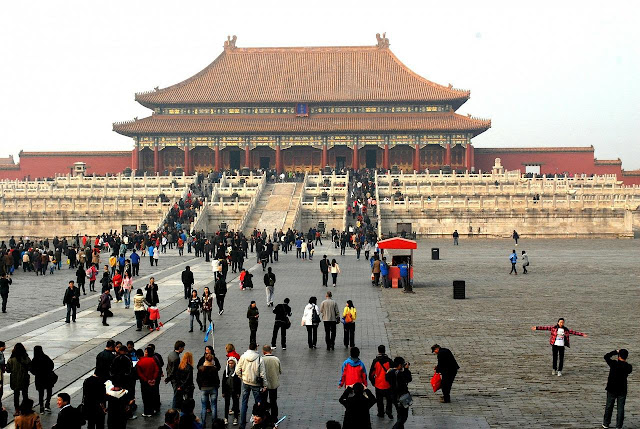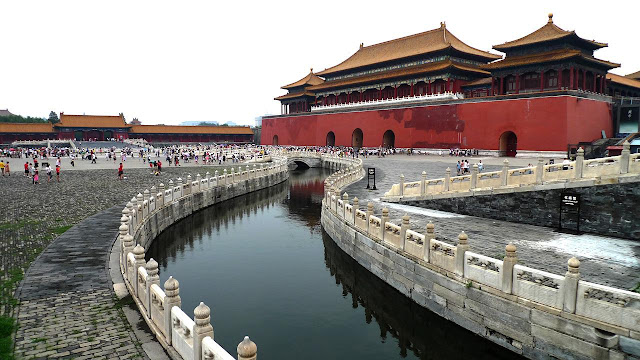Why Is It Called The Forbidden City?
The Forbidden City or often referred to as the Forbidden Palace, is a tourist destination that is most often visited by tourists when visiting China.
The Forbidden City was registered as a UNESCO World Heritage Site in 1987. In fact, the Forbidden City is considered to be the location with the largest ancient wooden structure in the world.
The location of the royal palace is north of Tiananmen Square, and can be accessed from the square via Tiananmen Gate. The location was surrounded by a vast area called the Royal City. (khanacademy.org)
This place has a lot of names. In China, this location is known by the name of Gu Gong or the former palace.
While the name that is now generally known is the Forbidden City, which is a translation of Zijin Cheng, which means Purple Forbidden City.
It is called the Forbidden City because previously this location in Beijing City was only allowed to be visited by the royal family.
China's Largest Royal Palace
The Forbidden City is the largest royal palace area in China. It covers an area of 720 thousand square meters, or 3 times larger than the Louvre Palace in France.
The area has more than 90 palaces and palace courtyards. Inside are 980 buildings and over 8,728 rooms.
Because of the size of the Forbidden City, it is said that up to one million workers are said to be needed to complete the structure of the area.
The Forbidden City is a masterpiece because the buildings are designed with a strong and artistic design.
The Forbidden City has even become an area that has the largest collection of medieval wooden buildings in the world and is still well maintained.
In addition, every architectural detail also reflects the characteristics of the rich Chinese culture.
For example, gold-plated pillars are arranged nine times nine. Nine itself implies supremacy and timelessness in Chinese culture.
Then there are also rows of statues of animals that are considered to bring luck, such as dragons, phoenixes, and lions. These statues are placed along the eaves of the important halls.
The architecture of this complex adheres to the traditional geomantic practices of feng shui. The orientation of the Forbidden City, and in this case the whole of Beijing, follows a north-south line. Inside the complex, all of the most important buildings, especially those along the main axis, face south in honor of the sun. The buildings and ceremonial halls were arranged to convey the impression of great imperial power, while reinforcing the notion that the individual was insignificant. Notable landmarks within the Forbidden City are the Wu Gate (Meridian), the Hall of Supreme Harmony (Taihedian), and the Imperial Garden (Yuhuayuan).
The Forbidden City has two main courts: the Infield and the Outer Court. But the trees only grew on the Inner Court while the Outer Court was left bare. There are 2 opinions that can explain this.
First, the Outer field becomes a public ceremony place. The emperor wielded supreme godly power and his dignity was displayed at that time. It is feared that the presence of trees can disrupt the atmosphere.
Second, the Outer Field used to be used as a defense. Trees are considered to interfere with the soldiers' visibility so that the area is not overgrown with trees.
The Forbidden City ceased to be the seat of government of the Qing (Manchu) empire during the Chinese Revolution of 1911–1912. Several ancient buildings have been repaired and rebuilt since the 15th century, but were lost due to the damage caused by the revolution and the war with Japan. This site is also maintained in its entirety. Puyi, the last Qing emperor, was allowed to stay there after abdication.
But he quietly left the palace in 1924. At the end of the 20th century, several of the palace buildings were restored.


No comments:
Post a Comment